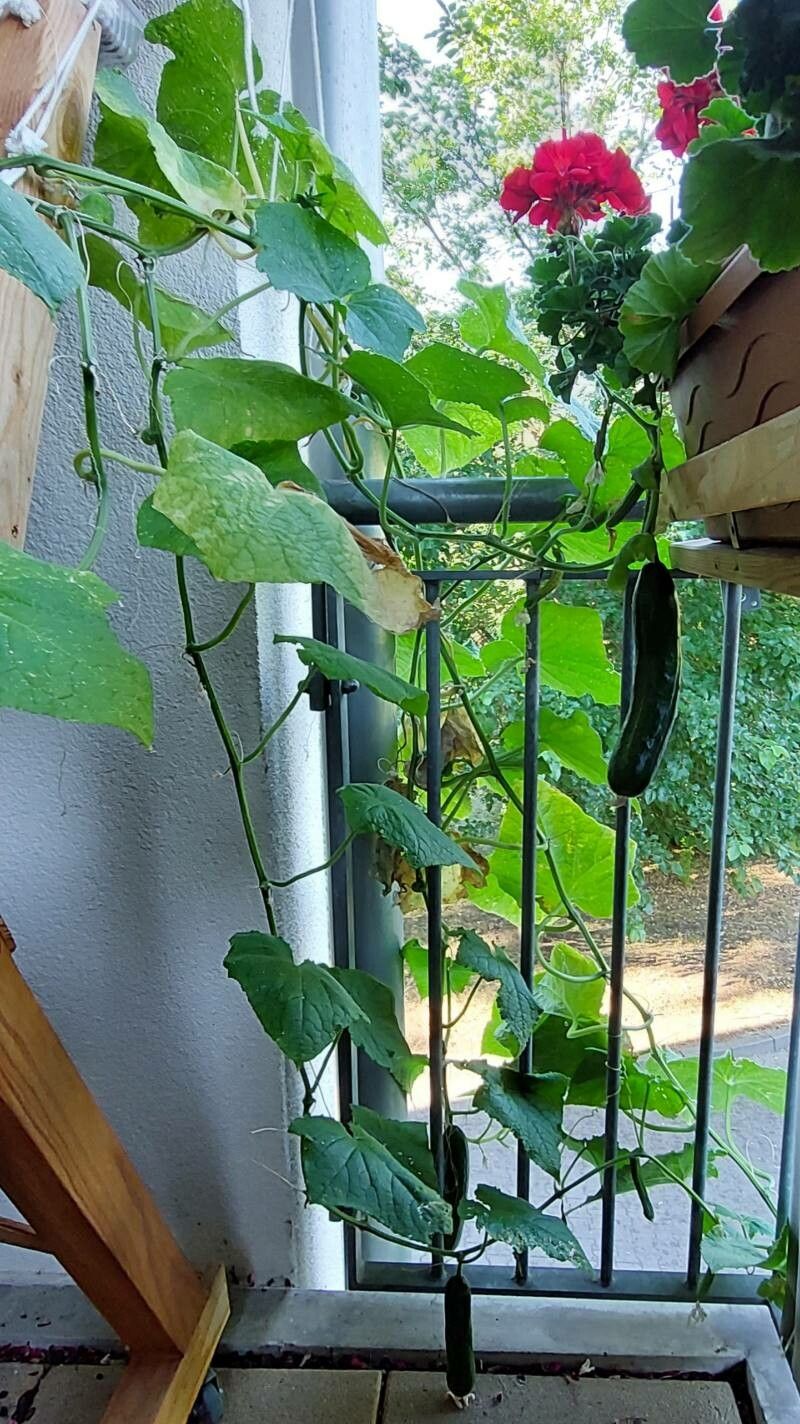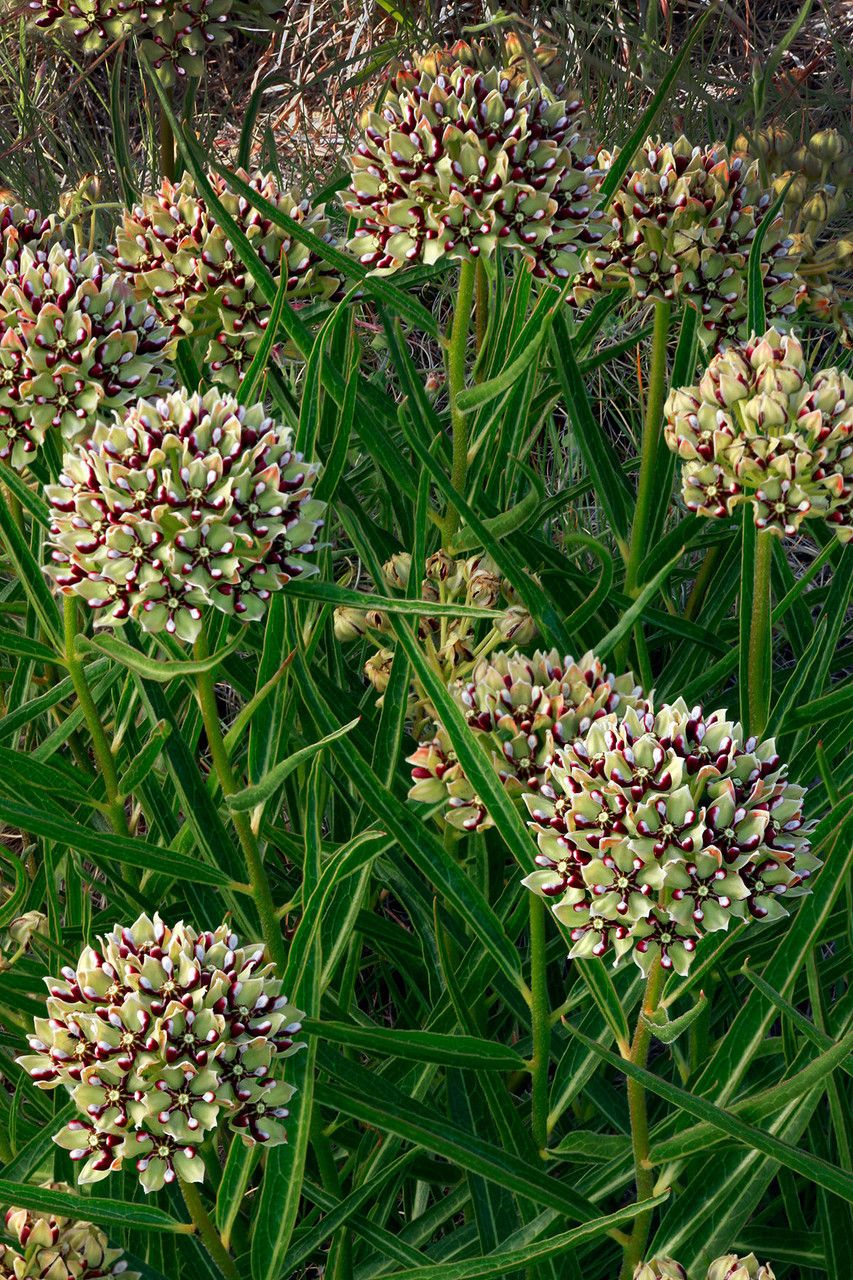## The Wonderful World of Cucumbers
The humble cucumber ( *Cucumis sativus*), a member of the Cucurbitaceae family, is a beloved vegetable enjoyed worldwide for its refreshing crunch and versatility in the kitchen. From salads and sandwiches to pickles and refreshing drinks, cucumbers are a summer staple. But beyond their culinary delights, growing cucumbers can be a rewarding experience, even for novice gardeners.
### Habitat and Growth
Cucumbers thrive in warm, sunny conditions. They are a warm-season crop, meaning they need consistently warm temperatures to flourish. While they can tolerate some shade, at least six hours of direct sunlight per day is ideal for optimal growth and fruit production. Native to India, they prefer well-drained soil rich in organic matter. Poor drainage leads to root rot, a common problem for cucumbers.
### Soil Needs
Well-draining soil is crucial for healthy cucumber plants. Amend heavy clay soils with compost or other organic matter to improve drainage and aeration. A slightly acidic to neutral pH (6.0-7.0) is preferred. Before planting, enrich the soil with a balanced fertilizer. Avoid using fresh manure, as it can burn the delicate roots.
### Planting and Care
Cucumbers can be started from seed directly in the garden after the last frost or started indoors several weeks before the last frost. Sow seeds about an inch deep and space them appropriately, depending on the variety. Regular watering is essential, especially during dry spells. Keep the soil consistently moist but not waterlogged. Mulching around the plants helps to retain soil moisture and suppress weeds.
Support is vital for many cucumber varieties. Provide a trellis, fence, or other support system for vining types to prevent the fruit from rotting on the ground. Regularly inspect your plants for pests and diseases. Common cucumber pests include aphids, cucumber beetles, and spider mites. Early detection and treatment are key to preventing significant damage.
### Harvesting Cucumbers
The best time to harvest cucumbers depends on the variety and your preference. For pickling cucumbers, harvest them when they're small and firm. For slicing cucumbers, harvest them when they reach the desired size and are firm to the touch. Harvesting regularly encourages continued production. Use sharp pruning shears or a knife to prevent damage to the plant.
### Common Cucumber Problems and Solutions
* **Powdery mildew:** This fungal disease appears as a white powdery coating on leaves. Improve air circulation and apply a fungicide as needed.
* **Downy mildew:** This fungal disease causes yellowing and browning of leaves. Remove affected leaves and apply a fungicide. Avoid overhead watering.
* **Root rot:** Caused by excessive moisture. Ensure well-drained soil and avoid overwatering.
* **Pests:** Regularly inspect plants for pests and treat as needed using insecticidal soap or other appropriate methods.
By following these tips, you'll be well on your way to a bountiful harvest of delicious, homegrown cucumbers!
Cucumbers: Growing Guide & Tips

Frequently Asked Questions
How to grow cucumbers in containers?
Choose compact cucumber varieties. Use a large container (at least 12 inches in diameter) with drainage holes. Use a well-draining potting mix. Provide adequate sunlight and water regularly.
What are the best varieties of cucumbers for beginners?
Bush cucumbers are a great choice for beginners due to their compact size and ease of care. Look for varieties labeled as 'easy to grow' or 'disease resistant'.


